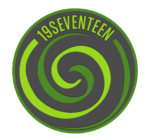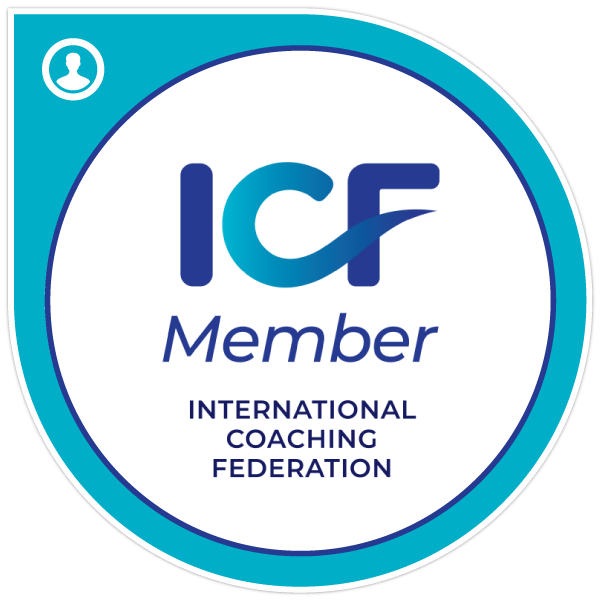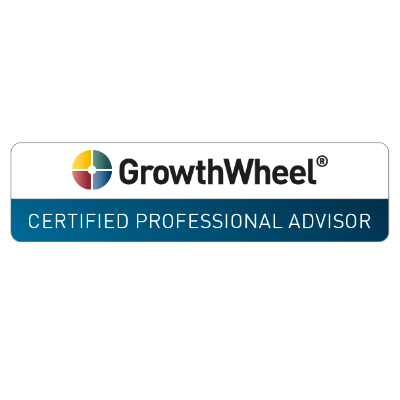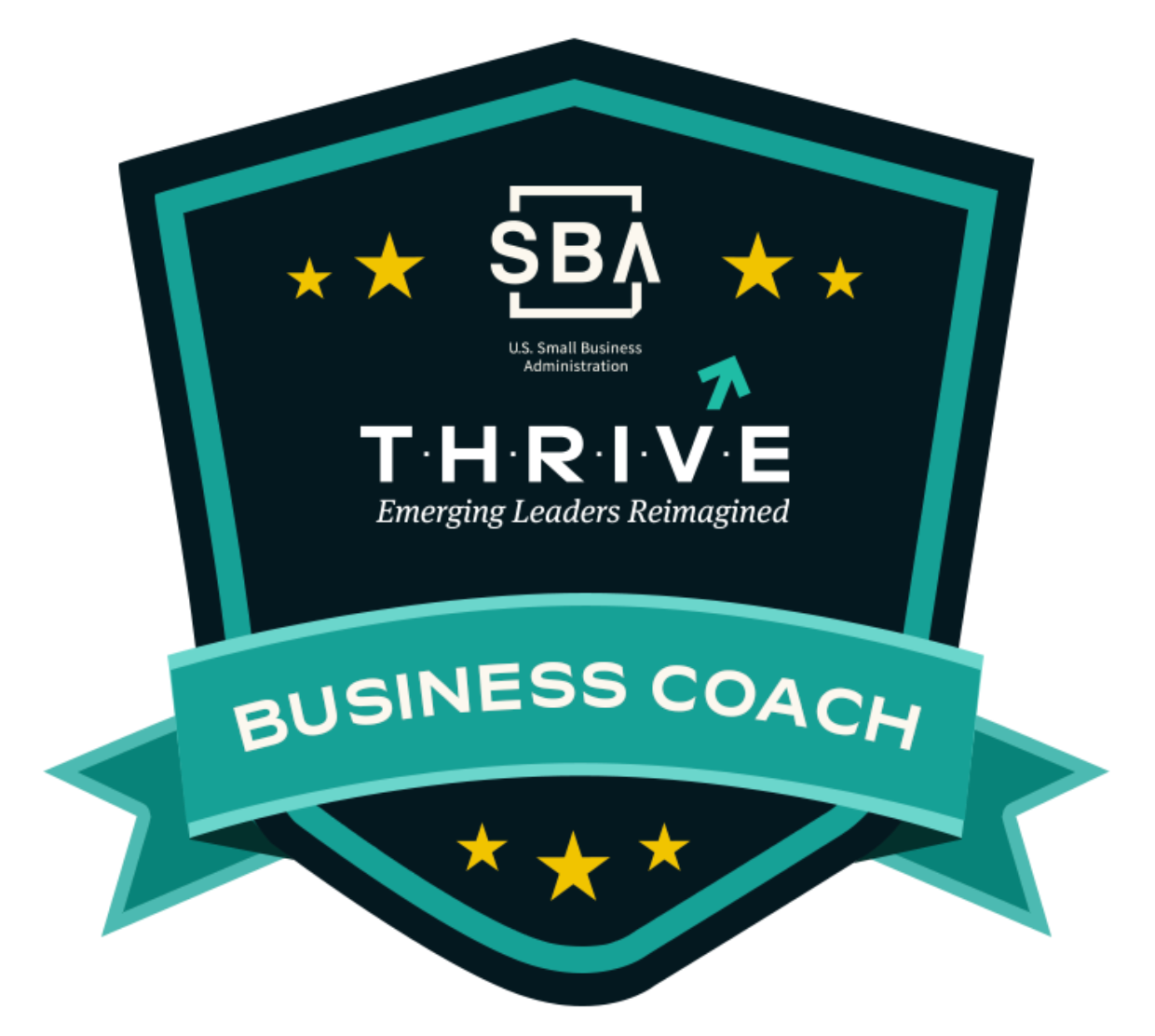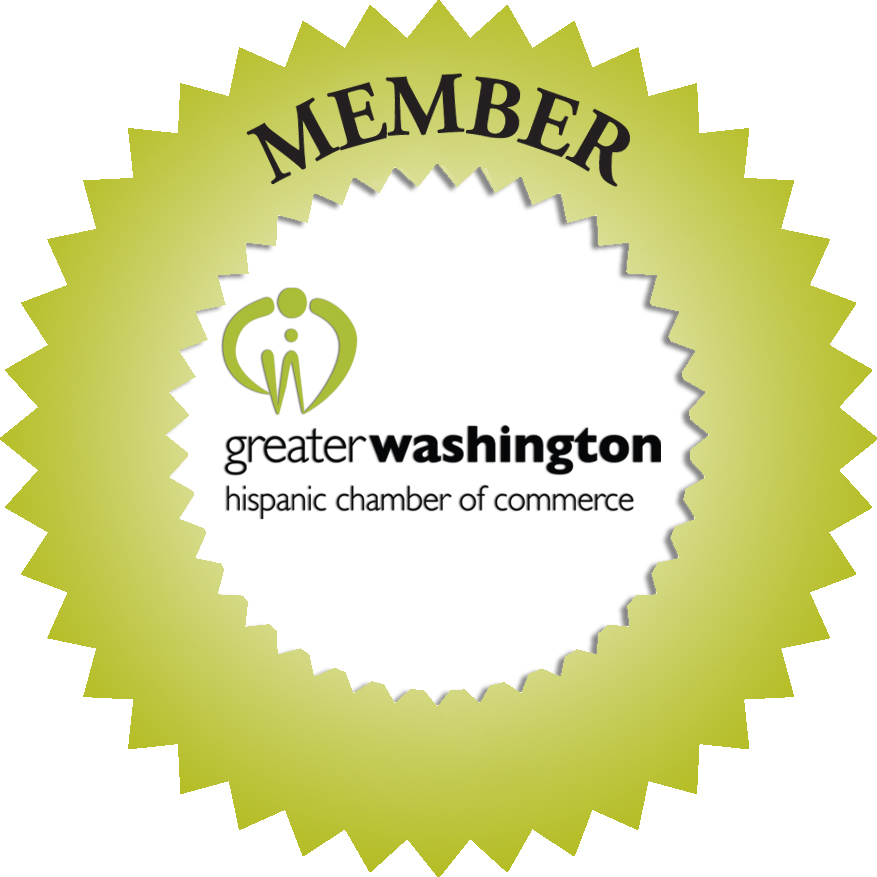HR Success Story
Difficulty in Finding and Retaining Quality Personnel
One of my past clients had a family-run enterprise with businesses in the creative, financial, and cosmetology fields. They needed to hire a top-quality front-desk person who was well-suited to act as a representative for each of those fields. Their experience with searching for new personnel in the past had been dissatisfactory, with hiring a string of employees who either weren’t a good fit for the company or who left the job after a short period of time. Their concern was “How can we find (and keep) the right person?”
In order to achieve this, they needed a standardized and streamlined process to attract highly-qualified candidates. They desired:
- A poised and confident individual to act as a strong, professional representative of their company to be the first point of contact to all their customers.
- Hiring someone with a high probability of remaining with the company long-term.
- They did not have an abundance of time to go through the traditional hiring process as they were inundated with the workload of their multiple businesses.
- They were interested in learning more effective ways to review resumes and to identify and isolate the top candidates, as they anticipated that many individuals would apply for the position.

Ask Yourself “What is Your Company Culture?”
When 19Seventeen coaches and advises our clients on the hiring process, we start with getting to know the business owner and learning the principles and ideals that create the framework for the culture they wish to uphold. In becoming acquainted with both the owners and their companies, I treat their company culture as an unambiguous, well-defined set of behaviors and actions that are non-negotiable. In consulting with this client, I discovered that they were so busy managing the day-to-day operations that they had lost focus on their company philosophy and mission statement. We first worked on re-establishing their culture statement as their original requests needed some refinement. From there, we worked with the clients to formulate a structure to both strengthen and simplify their hiring process.
Be Specific in Describing
Who You Are and What You Are Asking For
Coaching the clients through this process took time and much reflection, resulting in drafting a culture statement that they could stand behind as a team. And with this, we began the process of creating the job listing. There is a critical point to be made about writing a job listing: you will always get what you ask for! As such, we made a point to represent the company in the updated job description in the most accurate way possible. This included:
- Their revised mission statement
- Their core beliefs
- Description of the company culture
- Description of job duties
- Desired qualifications and skill sets the applicant should possess.
- Hours, location, benefits, and other information that helped the applicant fully visualize the details and perks of the position
Revamping the Job Listing
Placing attention and detail into a clear and accurate job listing also gave the applicants the best opportunity to get to know their company, and assess whether they were a good fit for the position. As a two-fold, it demonstrated that they were a company that cared enough to be accurate and detailed in their expectations, which is something that conscientious candidates appreciate–and it also helped to filter out those who didn’t align with their philosophies or expectations!
Increase in Applicants
- Phrase One: The job listing yielded an impressive 108 resumes from candidates who were well-versed in the job details and expectations.
- Phase Two: The second phase of the hiring process involved reading the resumes to identify the strongest candidates, a process that I coached them in. This narrowed the pool down to approximately 35 applicants.
- Phase Three: The third phase involved reviewing and identifying the most well-rounded candidates with whom they wished to interview. Eight candidates were identified and contacted. They confirmed their interest and proceeded with scheduling their interviews.
- Phase Four: Ultimately, six out of eight applicants arrived for their interview, which made our client’s job just a little easier. After six productive interviews, my clients had difficulty choosing the candidate to whom they would offer the job, as all of them possessed the experience and skill sets they were asking for.
As a result, I coached my clients on resume analysis and applied a selection process to identify strengths and weaknesses through resume analysis. I also coached them on bolstering their interview questions and aided them in evaluating their candidates’ responses. At the close of this process, our client selected two candidates as their credentials were both excellent!
The hiring activity took us 12 hours to accomplish, spanning over six weeks in its entirety. Although more time was put into creating the job listing than they had done in the past, they ultimately saved time and energy by removing a lot of the ambiguity of the hiring process.
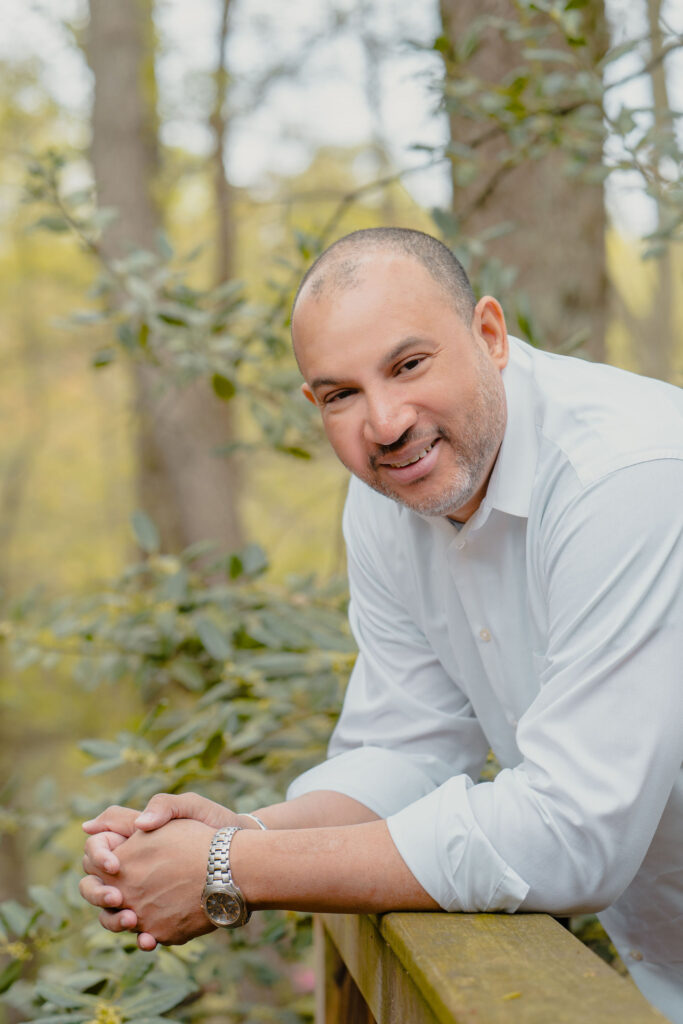
Re-engineering Leads to Better Results
I will admit that my clients did not think this unconventional process would work, as they were accustomed to the traditional way of hiring, which was to quickly draft a job listing, respond to everyone who applied, then decide to turn down first, then finally, identify someone who meets the minimum standards for the position.
By generating a descriptive, thoughtful job listing that gave an accurate forecast of the job details, expectations, and perks, the employer was able to filter out a great deal of potential applicants who didn’t meet the requirements.
The scope of this re-engineering involved teasing out what were the company’s most important components of its mission, culture, and expectations. By dedicating a little extra time to producing a descriptive, intuitive listing on the “front end,” they attracted more relevant candidates, which ended up saving a great deal of time on the back end. This shifted the business owners’ mindset from “Who to say no to” to “Who can I say yes to?”
